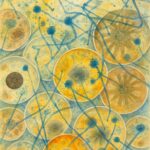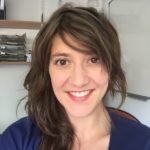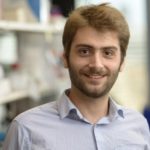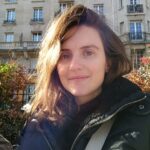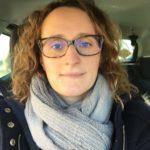About
The immune system is composed of two arms: the innate and adaptive immunity. Until recently, the adaptive immune system was considered the only mediator of immune memory. However, we and others demonstrated that innate immunity also has memory-like features. We have gained a fair understanding of the molecular mechanisms of the imprinted memory using human monocytes (epigenetic, metabolism). We however lack the complete physiological mechanism behind this innate immune memory. This project is devoted to understand and decipher the in vivo physiology of innate immune memory induced by C. albicans/beta-glucans. Two complementary approaches with distinct objectives are pursued to unravel the physiological characteristics and function of innate immune memory in mouse model and delineate the cell population(s) involved and their function(s). In the second approach we evaluate the relevance of innate immune memory by determining the duration and reversibility of the conferred protection. This research will shed light on the dynamics of myeloid cells training in the context of infection, which may help build more complete therapeutic strategies in the future.
